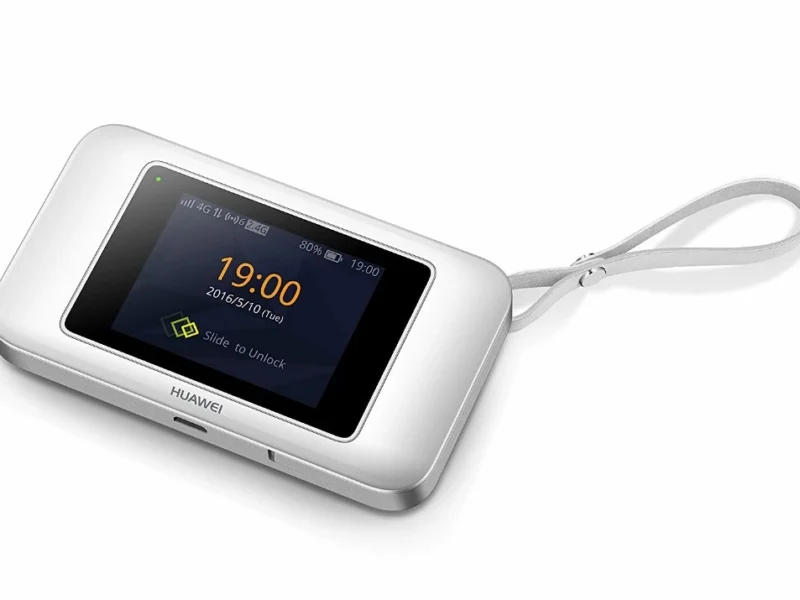Band 7 is an LTE frequency operating band. LTE is designed to operate in a variety of frequency bands – E-UTRA operating bands – that currently range from 450 MHz to 3.8GHz. The available bandwidths are also adaptable, ranging from 1.4 MHz to 20 MHz, with Carrier Grouping allowing for the use of larger multiples. LTE is designed to support both time division duplex (TDD) and frequency division duplex (FDD) (FDD). Particular band accessibility varies by country and technician.
Features of LTE Band 7
Using Radio Waves
LTE band 7 uses radio waves to transmit data. Radio waves can have lengths ranging from one millimetre to over 100 kilometres and a wide range of frequencies. A wave’s frequency in Hertz (Hz) and represents the number of complete cycles per second. LTE Band 7 is a frequency division duplex (FDD) LTE spectrum that includes separate uplink and downlink frequencies. Because the uplink and downlink bands are distinct, simultaneous transmission on two frequencies is possible. The band gap is the distance between the bands.
LTE Band 7 has a Multi-band Network
With over 157 major channels reportedly available in 74 countries and regions, mobile network operators have the flexibility to implement LTE as a single band or as part of a multi-band network (April 2018). LTE-A or LTE-Advanced Pro techniques can be used to combine band 7’s various bandwidth capacities with other carriers via cellular systems.
Transmitting Time Is Limited
One of the primary goals of LTE band 7 is to provide the shortest possible transmitting time, as well as high throughput (the amount of data transmitted), reduced latency (the time between sending and receiving data), and safety. Telecommunication facilities with these fundamental elements typically consist of a base station (a radio recipient or transceiver that can also behave as an entry point between wireless connections) connected to a network infrastructure.
Most Well-known Products for LTE Band 7
The LET network is now supported by the majority of smart devices. The newly released Huawei Band 7 4G model is one of the most visible devices. Huawei Band 7 includes new and improved sleep, blood oxygen level tracking, menstrual detection, heart rate monitoring, and other activity tracking systems.
Huawei Band 7 Use of 4G LTE Networks
Huawei Band 7 is widely used in 4G LTE networks. The TruSleep 2.0 feature, in particular, allows you to track different types of sleep problems without disturbing users’ sleep and can precisely facilitate tracking once users fall asleep.
NFC Support
Huawei Band 7 with NFC supports various forms of transport, including a bus card system. It is widely used all over the world. LTE Band 7 has been chosen by many users as their fitness tracker. There are also many 4G LTE USB Dongles, 4G LTE CPEs, 4G LTE Mobile access points, and 4G LTE Modules for band 7.
Dimension
44.35 x 26 x 9.99 mm
Product size, mass, and system parameters are only estimates. Actual measurements may differ between products. All requirements are subject to change based on the actual product. Product dimensions, weight, and other specifications are only estimates. Actual measurements may differ between products. All specifications are subject to change based on the actual product.
Summary
Huawei Band 7 is the latest update of the company’s popular line of low-cost fitness bands. Band 7 is an LTE frequency operating band. It is a minor upgrade over the Huawei Band 6 of the previous generation. Huawei’s latest smart band maintains the appearance and design of its predecessor while weighing only 16 grams. AMOLED displays have thin bezels (Always on Display). It has Huawei’s Tru Series technology, 96 sports modes, and a two-week battery life.
